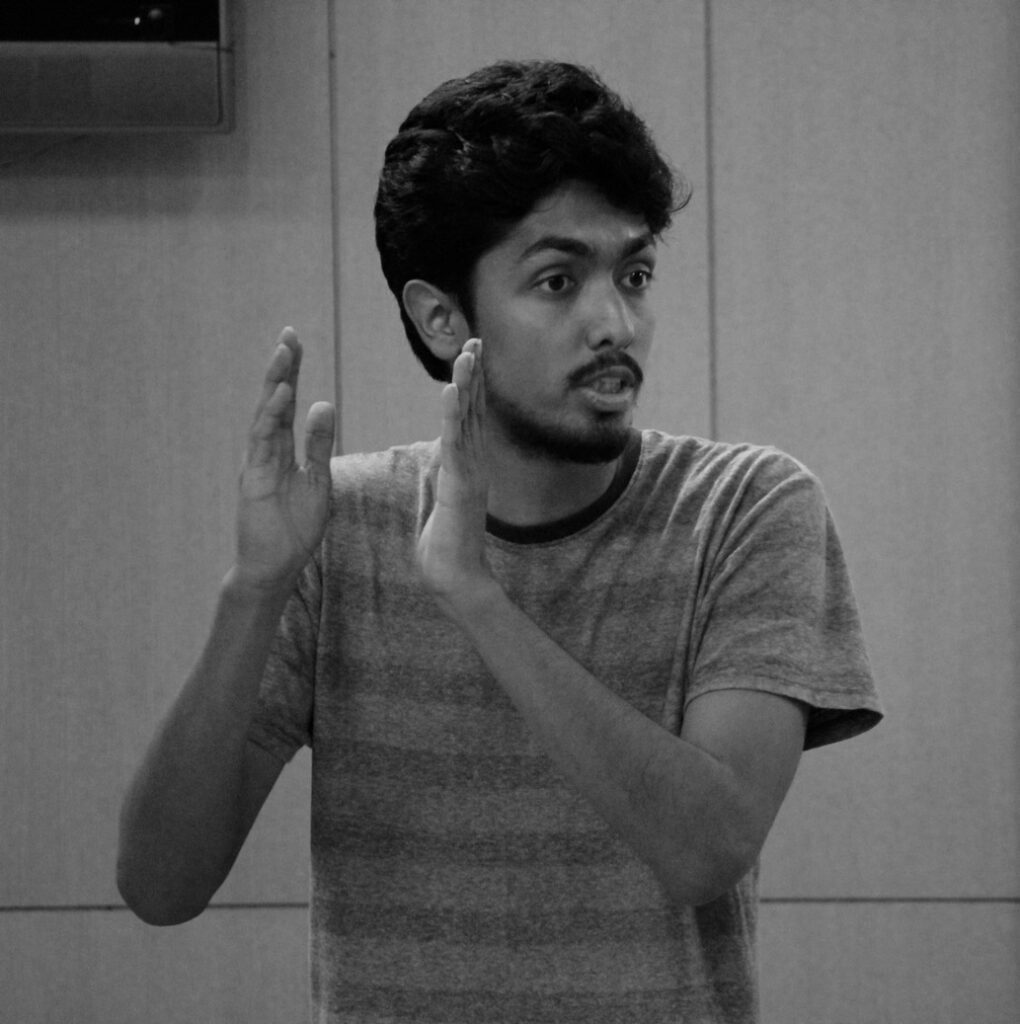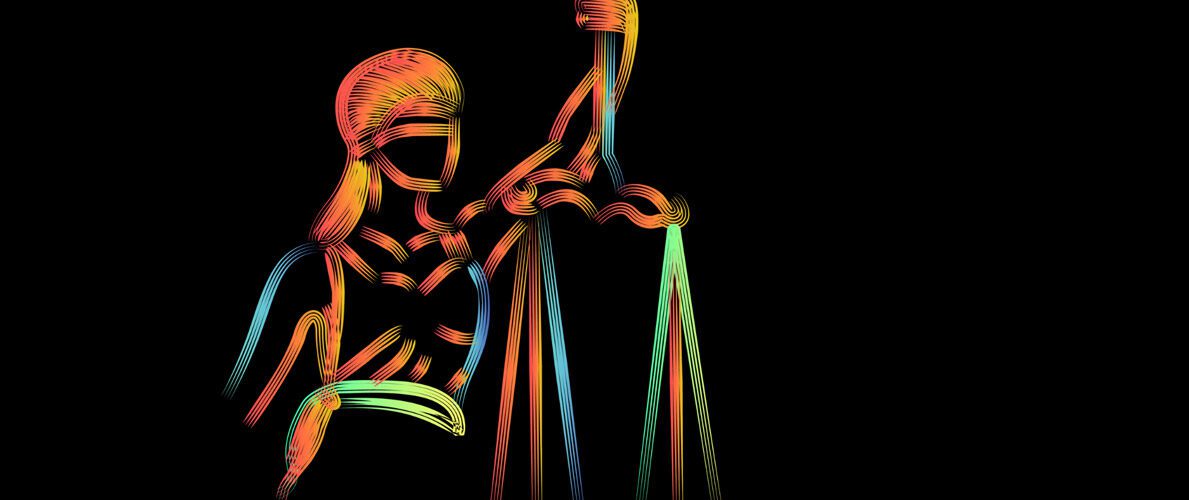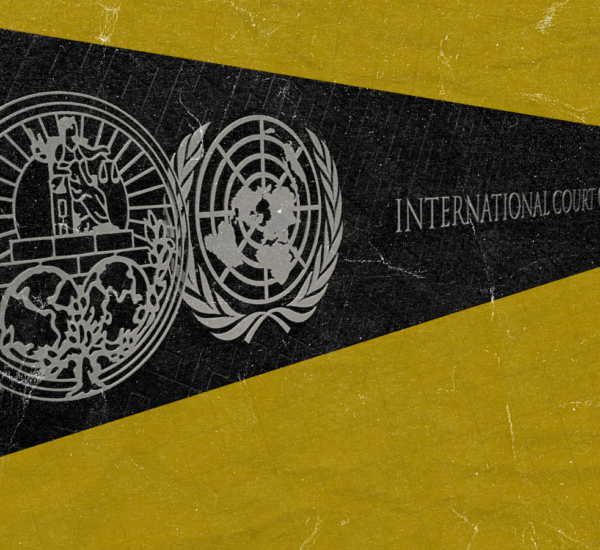
Sreeram VG
The Constitution of India is a document of aspiration. Conceived as what recent scholarship has called a “break from the (colonial) past”, it is accepted knowledge now that the Indian Constitution aspired to establish a state that aimed to replace colonial authority with a democratic republic and that aimed a state-led revolution against an oppressive social order. Much of the conversation in the Constitution Assembly Debates, with regard to the precise nuts and bolts of the Constitution, revolved around managing the grand, and often contradictory, ambitions of the document. One of those grand and contradictory ambitions was the reconstruction of a criminal justice system that could adequately honour the Constitution’s ambition of establishing a liberal democracy while retaining the coercive power of criminal law such that the new state can give effect to its vision of “public order.”
In this essay, I revisit Upendra Baxi’s argument, made in 1982, about the Indian Legal System hosting two parallel criminal justice regimes. While the Constitution endorses a Criminal Justice System regime (CJS) that purportedly emphasises due process and a concern about the personal liberty of the accused, it also “authorises” (as argued by Prof. Baxi) a Preventive Detention System regime (PDS) that does the exact opposite and permits draconian detention with minimal judicial oversight. The PDS regime permits the executive to detain an accused on mere suspicion and without the requirement of a judicial justification for the same. This marks a stark departure from the foundational tenet of criminal justice of punishing after, and only after, the executive has proven, to an impartial judge, the requirement of invoking criminal law and suspending a person’s (inherent) right to personal liberty. While the CJS system maintains an ostensible commitment to this tenet, as the schema of the Code of Criminal Procedure, 1973 would show, the PDS system is able to completely ignore it.
The mutual co-existence of these opposing systems is a matter of constitutional concern, now more than ever before, as the Indian state seems to increasingly eschew the former in favour of the latter. Not only has the PDS regime been used to silence political dissent, the latest data from the state shows that over a lakh persons across India were reportedly detained under it in 2019. As human rights lawyers have argued elsewhere, it is this PDS regime that lays the foundation for the now oft-used anti-terror legislations. It is clear that the PDS regime is routinely invoked by the Indian state, much to the detriment of its credentials as a liberal democracy.
In this essay, I attempt to delineate the structural and jurisprudential conditions that enable this parallel criminal justice regime. I argue that a combination of factors, some institutional and some adjudicatory, have contributed to the sustenance and expansion of the PDS regime within India’s criminal justice system.
Tension between Articles 21 and 22
The first important thing to note here is that the Constitution itself sets up a tension in its vision of criminal justice and political liberty in its articulation of Fundamental Rights. The block of fundamental rights dealing with criminal justice, i.e. Articles 20, 21 and 22, reveal this tension. In Article 21, the Constitution recognises a right against the deprivation of life and personal liberty except according to procedure established by law. This is swiftly followed by Article 22, where the Constitution attempts to outline the permissible outer limits of a preventive detention legislation and thereby circumscribes what Article 21 attempts to offer. Article 22 of the Constitution states that no person, ordinarily, can be detained for a period longer than 3 months and that Parliament may by law prescribe the circumstances under which, and the class or classes of cases in which, a person may be detained for a period longer than three months under any law providing for preventive detention.
The enduring story of Article 22 is that it was introduced as a compensation for the absence of a due process clause Article 21. The Assembly, as the story is conventionally told, was under the impression that Article 21, by using the phrase “procedure established by law”, gave the legislature an opportunity to chop down civil and political liberty. It was thought that Article 22 would arrest this possibility by providing a measure of control over the deployment of preventive detention in independent India. Despite the bonafide intentions behind it, as it has travelled across time and courts, Article 22 has been used to whittle down the protection of liberty guaranteed under Article 21. This divergent movement is what I refer to as the Article 21-22 “tension.”
This tension presented itself to the Supreme Court first, when AK Gopalan challenged his detention and the constitutional validity of the Preventive Detention Act, 1950, under which he had been detained. Although the precise ratio of the judgment is heavily contested, the widely accepted summation of the judgment is that AK Gopalan v. State of Madras advocated that the validity of a preventive detention legislation could only be tested within the confines of Article 22, given that Article 22 provided for the constitutional outer limits for preventive detention and therefore formed a “complete code in itself”. Thus, AK Gopalan endorsed the “silos” theory which said that the various fundamental rights under Part III of the Constitution formed separate and independent silos and that therefore, a detention could be challenged for violating Article 22 but not Article 21 or Article 19 because they were not part of the concerned silo. The silos theory has subsequently been explicitly overruled and now the prevailing constitutional logic is that Part III (the Fundamental Rights chapter) offers a composite test and that therefore, any preventive detention law has to satisfy the requirements of not just Article 22 but also Articles 14,19 and 21. As would become apparent in the succeeding paragraphs, this repudiation has been limited to the rhetoric deployed by constitutional courts and not to the (effective) relief granted by them.
What is important to understand here is that, despite the repudiation of the silos theory, constitutional courts in India have been compelled to construct an internal consistency between Article 22 and the remainder of the composite Part III test. As some scholars have argued, Article 22 privileges a vision of democracy that is completely antithetical to the vision embodied in the articles neighbouring it. The mere (textual) existence of Article 22 has forced courts to perform jurisprudential gymnastics to reconcile the liberal political rights under Articles 20 and 21 with draconian anti-terror legislations that are able to completely obliterate those very rights. This compulsion, or convenience in some instances, mirrors and extrapolates the tension between Article 21 and 22 and is one of the defining reasons that we have parallel criminal justice regimes.
One particularly illuminating illustration of this schism is the Supreme Court’s handling of the contention on the right of cross examination of a detenu while being detained under the National Security Act. While examining the constitutionality of the Act, in AK Roy v. Union of India, the Supreme Court refers to a passage from the Constitution Assembly Debate to illustrate Dr. Ambedkar’s position on the right of cross examination of a detenu. The passage is reproduced below:
“The right of cross-examination is already there in the Criminal Procedure Code and in the Evidence Act. Unless a provincial Government goes absolutely stark mad and takes away these provisions it is unnecessary to make any provision of that sort. Defending includes cross examination.”
“If you can give a single instance in India where the right of cross-examination has been taken away, I can understand it. I have not seen any such case.” (see Constituent Assembly Debates, Vol. 9, pages 1561, 1562, 1563).”
The Court uses this passage to contend that “Dr. Ambedkar, unfortunately, was not prophetic and the authors of the various Preventive Detention Acts did not evidently share his view… Whatever it is, Parliament has not made any provision in the National Security Act, under which the detenu could claim the right of cross-examination and the matter must rest there.”
This is quite remarkable. The Court essentially conducted a silos-review by testing the validity of preventive detention legislation within the confines of Article 22 and that too while quoting a passage that clearly expresses explicit disapproval of such a reading of Article 22. It is pertinent to note that this is a post-Maneka judgment and a case where the Court quotes the composite Part III test with approval (“We have the authority of the decisions in the Bank Nationalization case, Haradhan Saha, Khudiram, Sambhu Nath Sarkar and Maneka Gandhi for saying that the fundamental rights conferred by the different Articles of Part III of the Constitution are not mutually exclusive and that therefore a law of preventive detention which falls within Article 22 must also meet the requirements of Articles 14, 19 and 21”).
Context Setting for Judicial Review
As Gautam Bhatia argues, in the chapter on the Jyoti Chorge judgment in The Transformative Constitution (HarperCollins, 2019), one of the enabling conditions for the parallel systems is the insulation of the PDS regime from substantive judicial review. The modus operandi for this insulation has been the ritualised invocation of the state of emergency while reviewing the constitutionality of anti-terror/preventive detention legislations. In what Bhatia calls “context setting”, the Court, in Kartar Singh (constitutional challenge to the erstwhile Terrorist and Disruptive Activities (Prevention) Act (TADA)) and in PUCL (constitutional challenge to Prevention of Terrorism Act (POTA))sets up the parameters of its review by painting a particular picture. That of a prevailing emergency and of grave, imminent threats to national security. This, as per the Court, is the operative background for the legislations in question.
This context setting then allows the Court to set up an argument for the departure from “normal” criminal procedures by pushing the conversation around the “differentness” of the threat handled by such legislations and the need for different treatment. Crucially, this allows the Court to skip past the question of the factual existence of this difference in context. The question of the factual existence of a context is, as argued by Ujjwal Kumar Singh (The Shifting Scales of Justice: The Supreme Court in the Judicial Nineties, Orient Blackswan, Delhi, 2014), a deeply politically and sociologically contested question. The identification of an exceptional situation is essentially the Court acceding to a particular narrative about what constitutes “terrorism”, “armed rebellion” and “external aggression.” As explained in the conclusion, these terms are deeply politically and the monopoly on defining them has grave consequences.
It also allows the Court to not consider the merits of the difference in such approach. That is to say that the Court does not engage with the question of whether such “harsher” criminal law yields the results (curbing terrorism) it purports to deliver. That would be akin to a proportionality review, a test that has been repeatedly endorsed by the Supreme Court in adjudicating fundamental right infringement.
Inconsistent Standard of Review
That marks an appropriate segue into the next enabling condition, which is the inconsistent application of adjudication standards by the constitutional courts in India. As Aparna Chandra and Mrinal Satish point out, the Supreme Court’s tryst with constitutional review of anti-terror legislations has been characterised by a constitutionalism of minimalism.
The Court has, as the authors point out, limited the scope of its review to checking for procedural compliance (which constitutes an administrative review and not a constitutional one), for internal consistency between the provisions of the Act and its stated purpose. The Court has, on occasion, provided for procedural safeguards against misuse but has failed to substantially review and strike down these legislations. The emphasis, as evidenced in Kartar Singh, is on legislative competence and on a check for the extraordinary necessity of such laws, neither of which constitutes a substantive fundamental rights review.
What is of significance here is that Indian constitutional courts routinely engage in substantive due process review when it comes to other civil-political and socio-economic rights (although the latter is a contested question). No explanation seems to be on offer as to why this standard has not been applied to anti-terror legislations. The question of whether the absence of procedural safeguards like the right of cross examination or the admissibility of police confessions cannot be answered on the touchstone of legislative competence alone. And arguably, they would not survive a substantive review.
State’s Monopoly in Defining Liberty
While an inconsistent standard of review is in itself a powerful enabling condition, there is another related concern that exacerbates the Court’s deferential approach in reviewing the PDS regime. The minimalist approach of limiting itself to procedural compliance and legislative competence has, in effect, permitted an executive monopoly on defining what personal liberty means. What that means is that by deferring to the contents and boundaries of the legislation at hand, and not adjudicating their compatibility with the vision of the Constitution and the rights envisaged in Part III, the Court has conceded to the state’s (or more appropriately, the executive’s) definition of liberty. So long as there is a minimalist approach to reviewing legislations in the PDS system, the liberty afforded to the citizens (and not subjects) of this country is tantamount to the definition of liberty conceived by the state. What is of significance here is that it is not the Constitution’s vision of liberty that is being given life, it is the states’ vision that is being executed. It is fair to say that those two visions, presently at least, do not align and the differential between the two is a major democratic deficit.
Conclusion
It is not insignificant that the period that has overseen the storied expansion of Article 21 and the meaning of the phrase “life and personal liberty” in it, has coincided with the period where the Indian Supreme Court has, with remarkable consistency, upheld some of the most anti-liberty legislations in the history of independent India. This period has taken place, almost exclusively, after the repudiation of AK Gopalan and the silos theory and after the famous Maneka endorsement of limitless penumbral rights under Article 21. In this essay, I’ve tried to show why our Constitution, with/despite its liberal democratic ideals, has been able to sustain this parallel system.
Like some scholars, I too believe that the unabashed expansion of Article 21 has led to the inevitable dilution of the core right to personal liberty against the use of criminal law and has contributed to the poor level of protection that that core right has received. K.G. Kannabiran, in his incredible book, The Wages of Impunity, argued that “the courts never recognised the political content of liberty in their discourse while adjudicating the validity of the restraints to be imposed on personal liberty.” While it is undeniable that, in 70 years of constitutional adjudication, some important rights pertaining to political liberty have been read into Article 21, their invocation has been woefully inadequate. Not only has the jurisprudence around political liberty and the CJS been amiss in the constitutional review of anti-terror/preventive detention laws, it has also been perceivably forgotten in the cases regarding the grant of bail and fair trial to terror accused.
As the Indian state continues to expand the PDS system, constitutional courts will continue to get opportunities to re-engage with the conditions listed hereinabove. Some of these conditions, like that relating to the unavoidable presence of Article 22, will continue to pose a challenge, as has been recently argued here. But as the recent (remarkable) order of the Delhi High Court in the grant of bail to Natasha Narwal, Devangana Kalita and Asif Iqbal Tanha shows, and as has been argued by scholars here and here, the constitution still leaves some adjudicatory space for courts to remedy this anomaly. I hope that future courts can be more cognisant of the constitutional irony at play and take cue from the said Delhi High Court orders to reaffirm our constitution’s commitment to one, and not two (divergent), criminal justice systems.
Sreeram VG is an Advocate practicing before the Bombay High Court.





